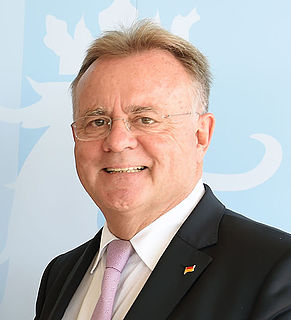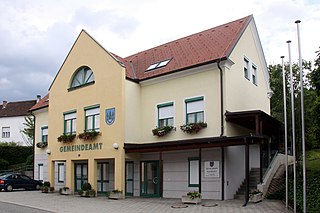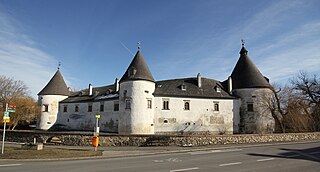This article needs additional citations for verification .(March 2013) (Learn how and when to remove this template message) |
Frauenkirchen | |
|---|---|
 Basilica church with the Franciscan monastery | |
| Coordinates: 47°50′N16°55′E / 47.833°N 16.917°E Coordinates: 47°50′N16°55′E / 47.833°N 16.917°E | |
| Country | Austria |
| State | Burgenland |
| District | Neusiedl am See |
| Government | |
| • Mayor | Josef Ziniel (SPÖ) |
| Area | |
| • Total | 31.95 km2 (12.34 sq mi) |
| Population (2018-01-01) [2] | |
| • Total | 2,862 |
| • Density | 90/km2 (230/sq mi) |
| Time zone | UTC+1 (CET) |
| • Summer (DST) | UTC+2 (CEST) |
| Postal code | 7132 |
| Website | www.frauenkirchen.net |
Frauenkirchen (Hungarian : Boldogasszony, Fertőboldogasszony, Fertő-Boldogasszony) is an Austrian town in the district of Neusiedl am See, Burgenland.

Hungarian is a Finno-Ugric language spoken in Hungary and parts of several neighbouring countries. It is the official language of Hungary and one of the 24 official languages of the European Union. Outside Hungary it is also spoken by communities of Hungarians in the countries that today make up Slovakia, western Ukraine (Subcarpathia), central and western Romania (Transylvania), northern Serbia (Vojvodina), northern Croatia and northern Slovenia. It is also spoken by Hungarian diaspora communities worldwide, especially in North America and Israel. Like Finnish and Estonian, Hungarian belongs to the Uralic language family. With 13 million speakers, it is the family's largest member by number of speakers.

Austria, officially the Republic of Austria, is a country in Central Europe comprising 9 federated states. Its capital, largest city and one of nine states is Vienna. Austria has an area of 83,879 km2 (32,386 sq mi), a population of nearly 9 million people and a nominal GDP of $477 billion. It is bordered by the Czech Republic and Germany to the north, Hungary and Slovakia to the east, Slovenia and Italy to the south, and Switzerland and Liechtenstein to the west. The terrain is highly mountainous, lying within the Alps; only 32% of the country is below 500 m (1,640 ft), and its highest point is 3,798 m (12,461 ft). The majority of the population speaks local Bavarian dialects as their native language, and German in its standard form is the country's official language. Other regional languages are Hungarian, Burgenland Croatian, and Slovene.

Burgenland (German pronunciation: [ˈbʊʁɡn̩lant]; Hungarian: Őrvidék; Croatian: Gradišće; Slovene: Gradiščanska; Czech: Hradsko; is the easternmost and least populous state of Austria. It consists of two statutory cities and seven rural districts, with in total 171 municipalities. It is 166 km long from north to south but much narrower from west to east. The region is part of the Centrope Project.






















